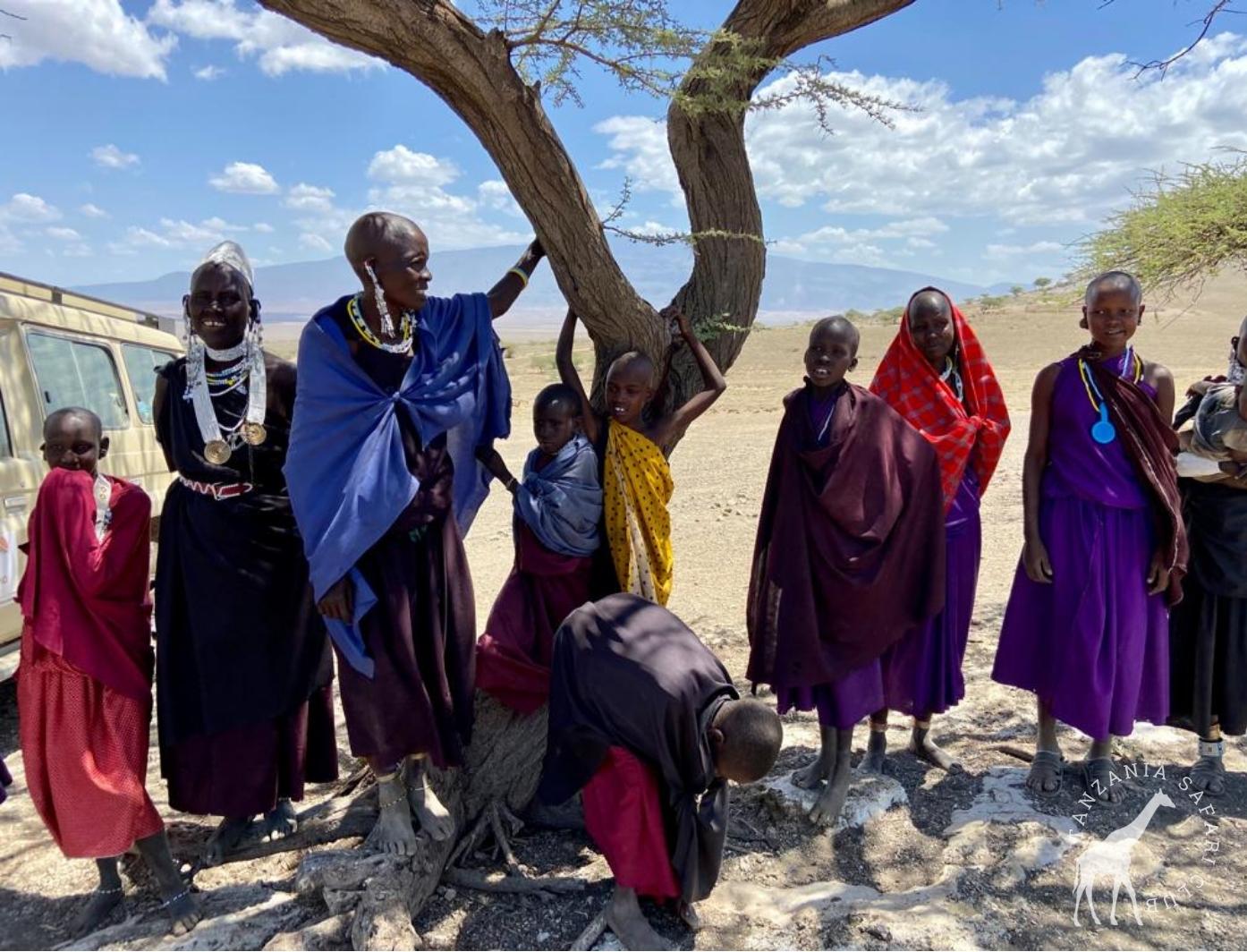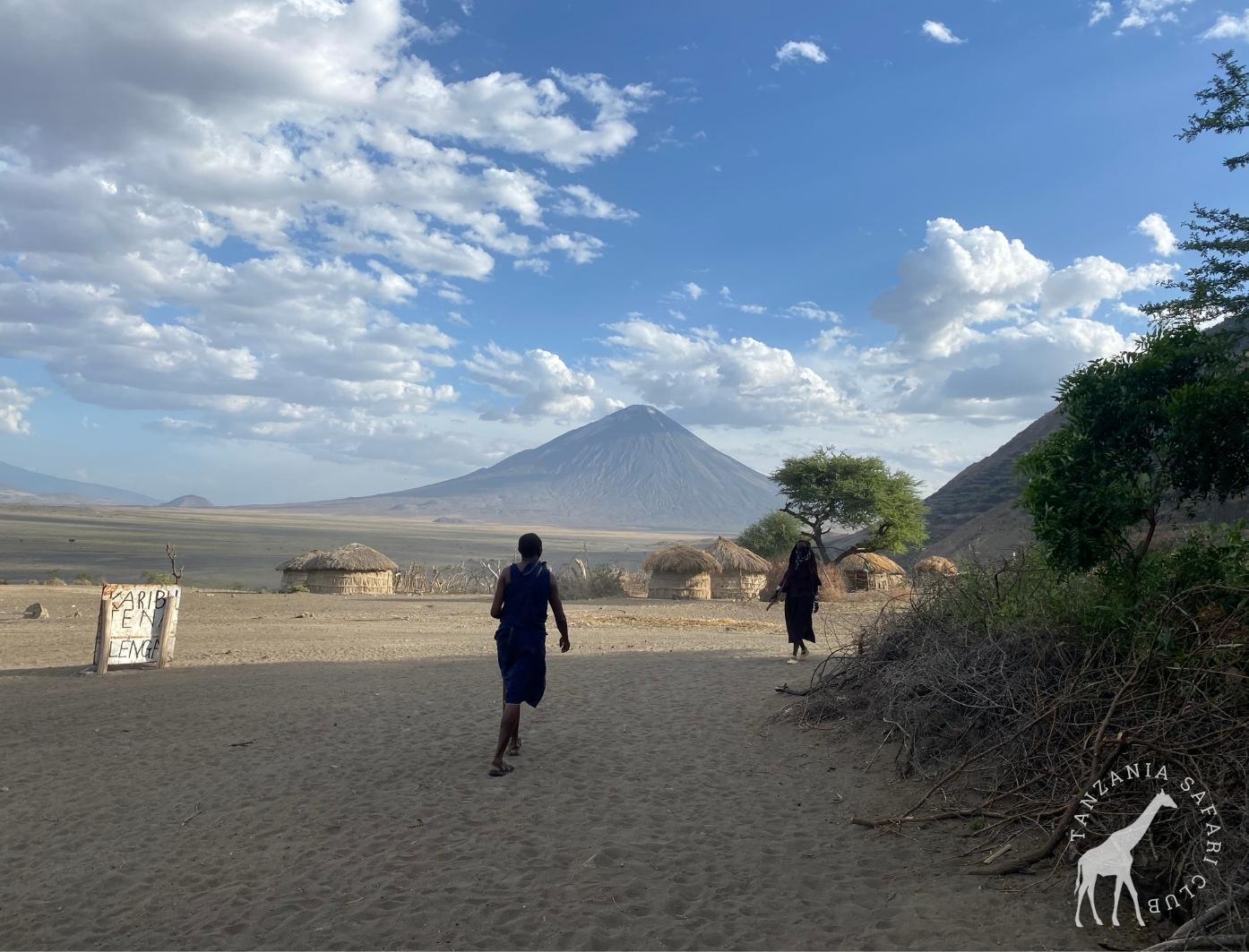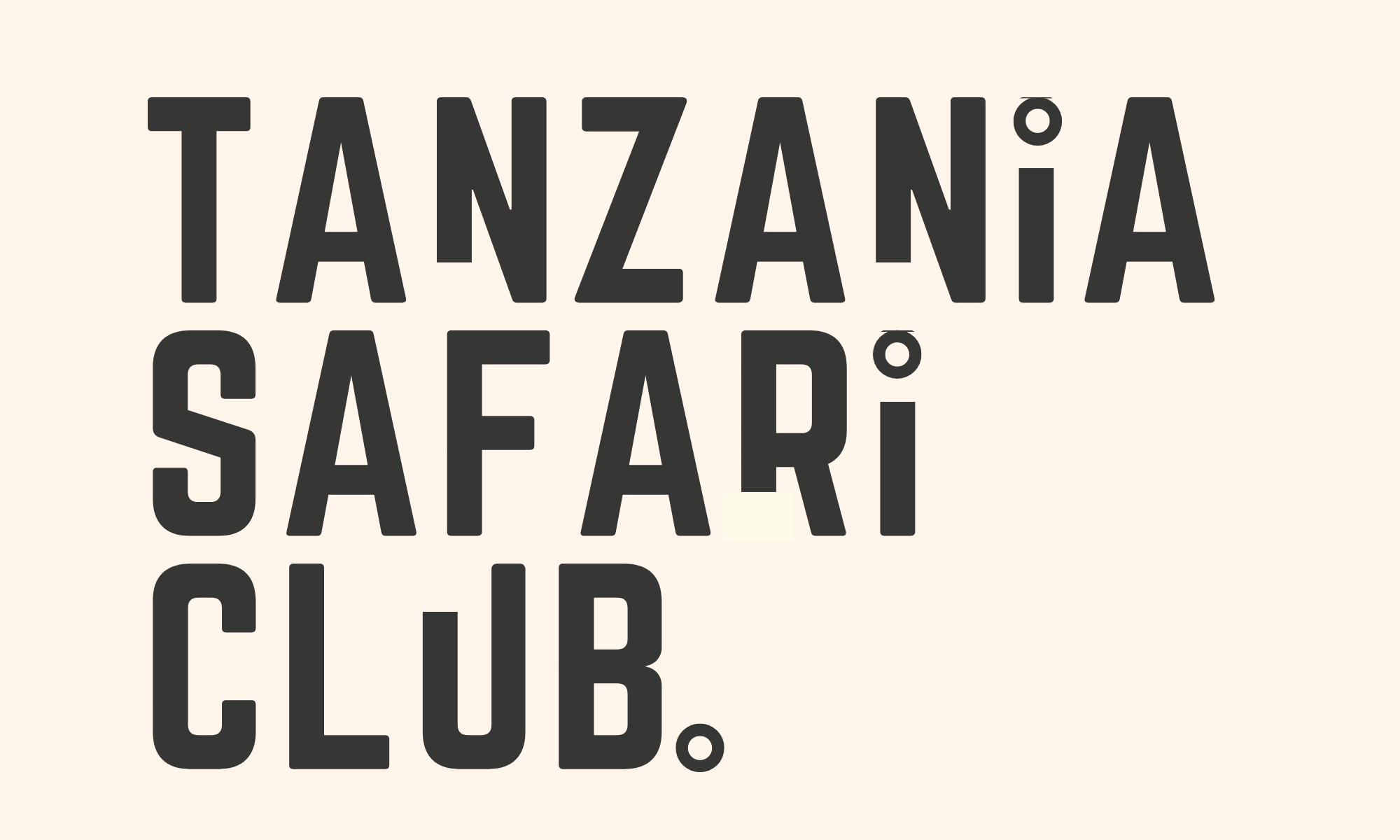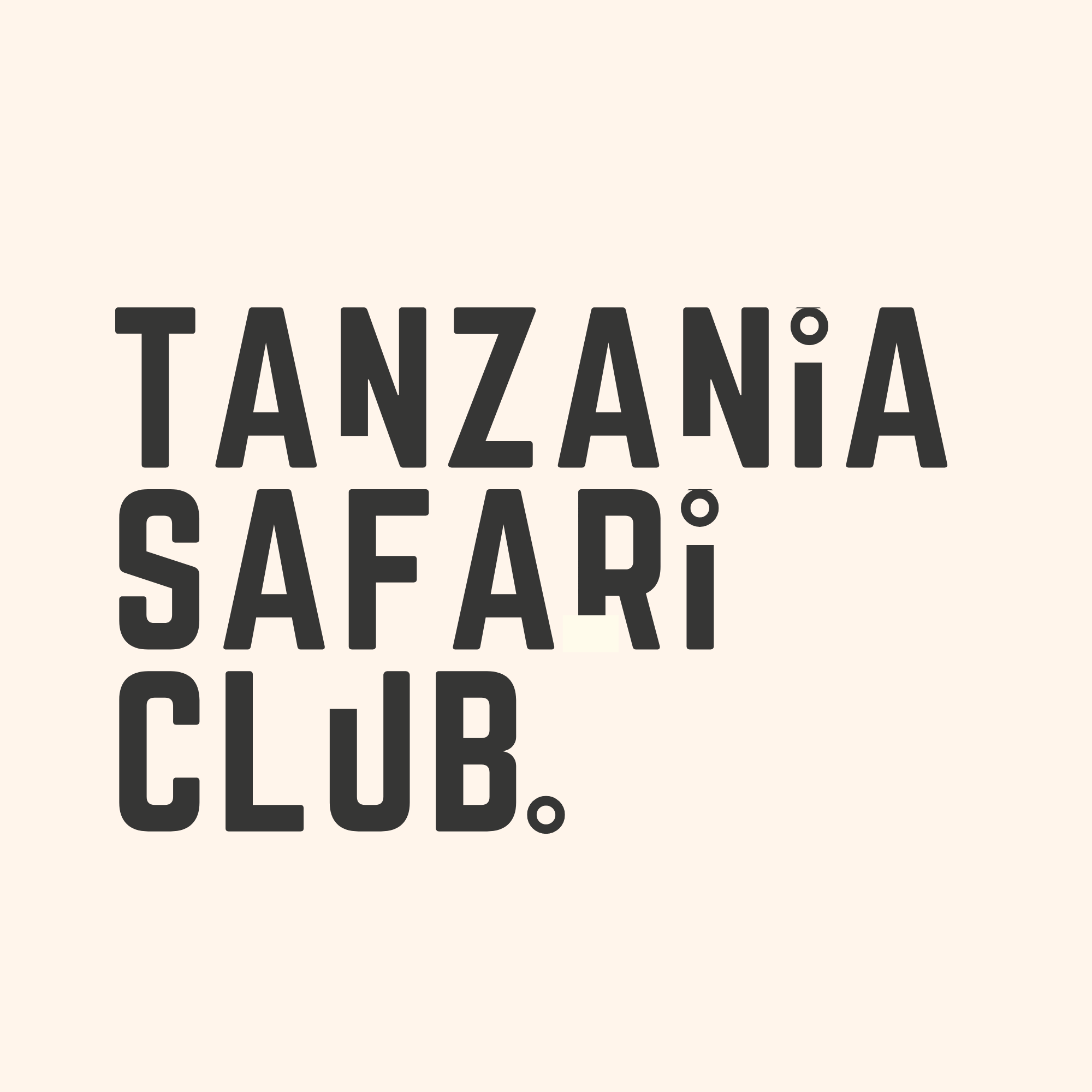If there is one thing we are passionate about, it is representing the people of Tanzania. This post will be a snapshot into the Maasai and will cover the tribe in as much detail as possible
Table of Contents
Overview – Who are the Maasai?
The Maasai are famous across the world. They have been made iconic by their exposure on TV and their proximity to the wildlife which many of us travel to see.
The Maasai are a nomadic tribe and ethnic group that inhabit Northern Tanzania and Kenya. They, in the past, roamed freely through the national parks and find homes alongside the African great lakes (such as Lake Manyara, Lake Natron and more). The tribe are also well known for their traditional dress and customs.
Their iconic traditional dress, customs and culture allow them to stand out as one of the most unique African tribes on earth; their feats of endurance, athletic prowess and knowledge of the surrounding nature is legendary. To meet the Maasai gives you a true appreciation for their kindness, knowledge of the savannah and ability to adapt to their environment.
When you travel to Tanzania, you are very likely to meet a member of the Maasai tribe; whether they are in the cities, working in tourism or living in their ancestral villages, and settlements.

The History of the Maasai Tribe
The majority of Maasai history is sadly lost to time. What we do know is that the people likely arrived to the African Great Lakes region from (what is now) South Sudan. Like other Nilotic speaking tribes, the Maasai are pastoralists and are well known as being fearsome warriors and cattle-rustlers. While many have colonised East Africa, many who saught to conquer or enslave the population give the Maasai a wide birth.
The tribe has been recorded to inhabit the areas around the great lakes, the rift valley and surrounding areas from Mount Marsabit to North Dodoma (Tanzania’s capital city). Some suggest that the Maasai raised cattle as far as the Tanga coast. The great expansion of the Maasai came to an end in what is now called the ‘Emutai’: a time of depopulation via disease and displacement.
The years between 1883 and 1902 marked a decade of bovine pleuropneumonia, rinderpest and smallpox which killed up to 90% of the cattle, and 50% of the wild animal population. German doctors also claimed that at least half of the indigenous African population were pock-marked as a direct result of smallpox.
An Austrian explorer in the Ngorongoro crater (Oscar Bauman) wrote in 1894 that at least two-thirds of the Maasai in Tanganyika (mainland Tanzania) had perished during this time. To make matters worse, the years between 1897-1898 suffered from drought and a complete failure to rain.
A generation later, in the 1940s, the Tanganykian Maasai were displaced from their homes between Mount Meri and Mount Kilimanjaro, and the highlands around Ngorongoro highlands: the following years say the Amboseli National Park, Nairobi National Park, the Maasai Mara, Samburu National Reserve, Lake Nakuru National Park and Tsavo being taken in Kenya, and Lake Manyara, Ngorongoro conservation area, Tarangire and Serengeti in Tanzania. Even today, the Maasai are prohibited from constructing pertinent structures or grazing on the lands they once called home.
Today, the Maasai still live a largely nomadic lifestyle, however, there are settlements throughout the areas of Northern Tanzania. Sadly, much of the old life the Maasai lived has been altered by the tourism industry; or members of the tribe have moved into the cities in search of job opportunities.
The Culture
The Maasai culture is steeped in rich history, long-held tradition and community. The culture, even in today’s modern world, is well preserved and many ancient practices are still celebrated.
The Maasai worship a single deity called Enkai/Engai who can be found in two forms: Engai Narok is the benevolent black good – and Negai Na-Nyokie is the vengeful red god. It is thought that their god resides in the active volcano Ol Doinyo Lengai– the mountain of God. When the Maasai face hardship a group will scale the mountain and perform rituals and sacrifice. It is said by the local Maasai that when they ask for rain, once the ritual is performed, the rain will come.
Animals also play a role in the religious culture of the tripe. The Maasai also have two totems within their society- the Red Cow (Oodo Mongi) and the Black Cow (Orok Kiteng). They also hold the Lion as sacred – although it can be killed. The killing of a Lion is performed differently and is considered a sacred rite of passage.
Lions are no longer killed as a symbol of adulthood but are hunted if they kill Maasai livestock or attack a human (the lion gets a taste of human flesh and becomes a danger to the local population).

Their Lifestyle
The Clothing
Maasai clothing is a huge part of their iconic image. The traditional dress is very iconic but changes based on age and location. While the colour red is favoured, blue, black, checkered and striped fabrics are worn. Traditionally, the Maasai make robes out of the cloth which covers their whole body and kept in place by a belt (which often holds a weapon), and rubber sandals.
The jewellery produced by the Maasai is very colourful and intricately patterned with beads. They traditionally produce necklaces, wristbands, head-dressings, earrings and much more from wire and beads. It is also very common to see trinkets produced using brass.

